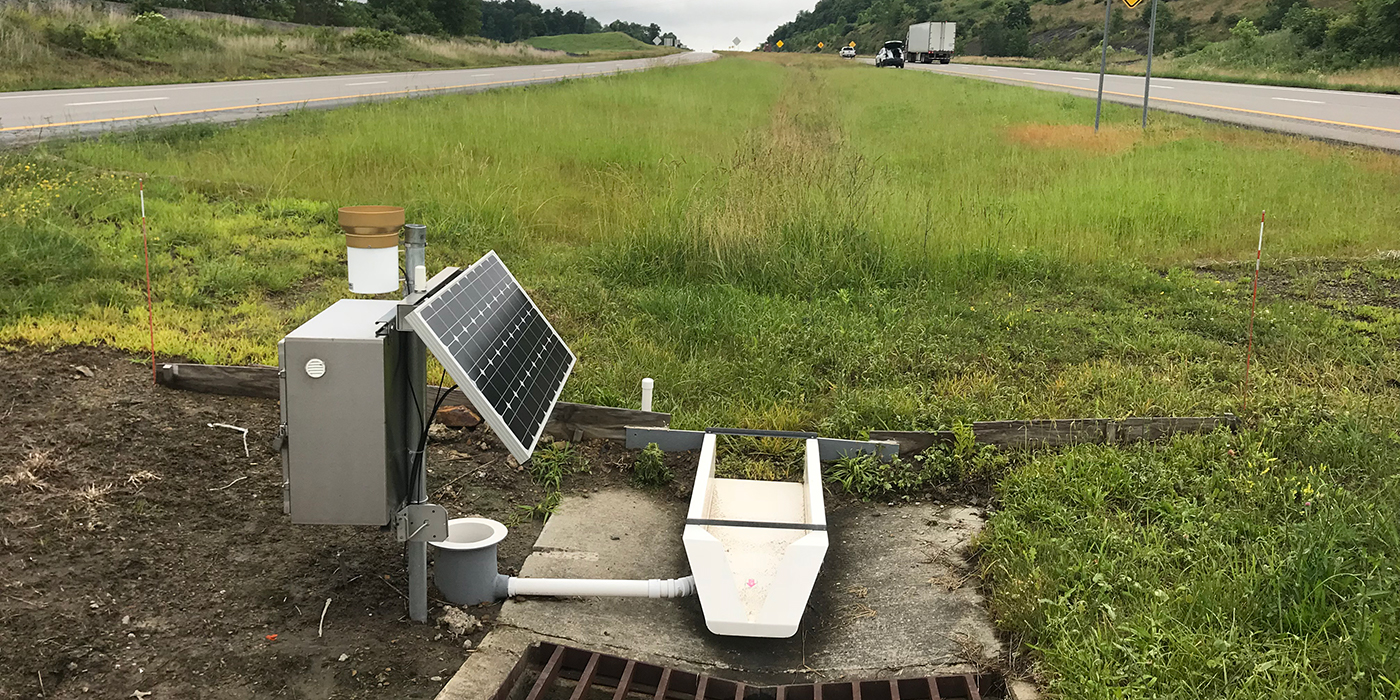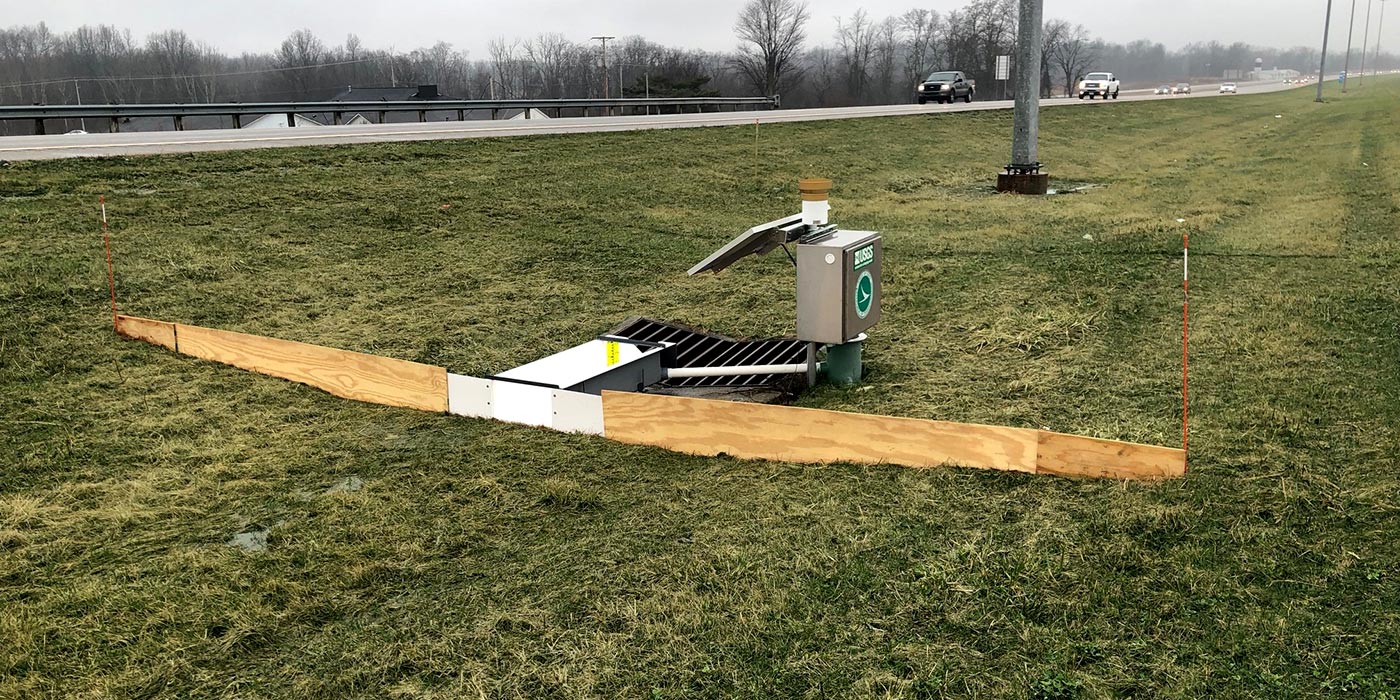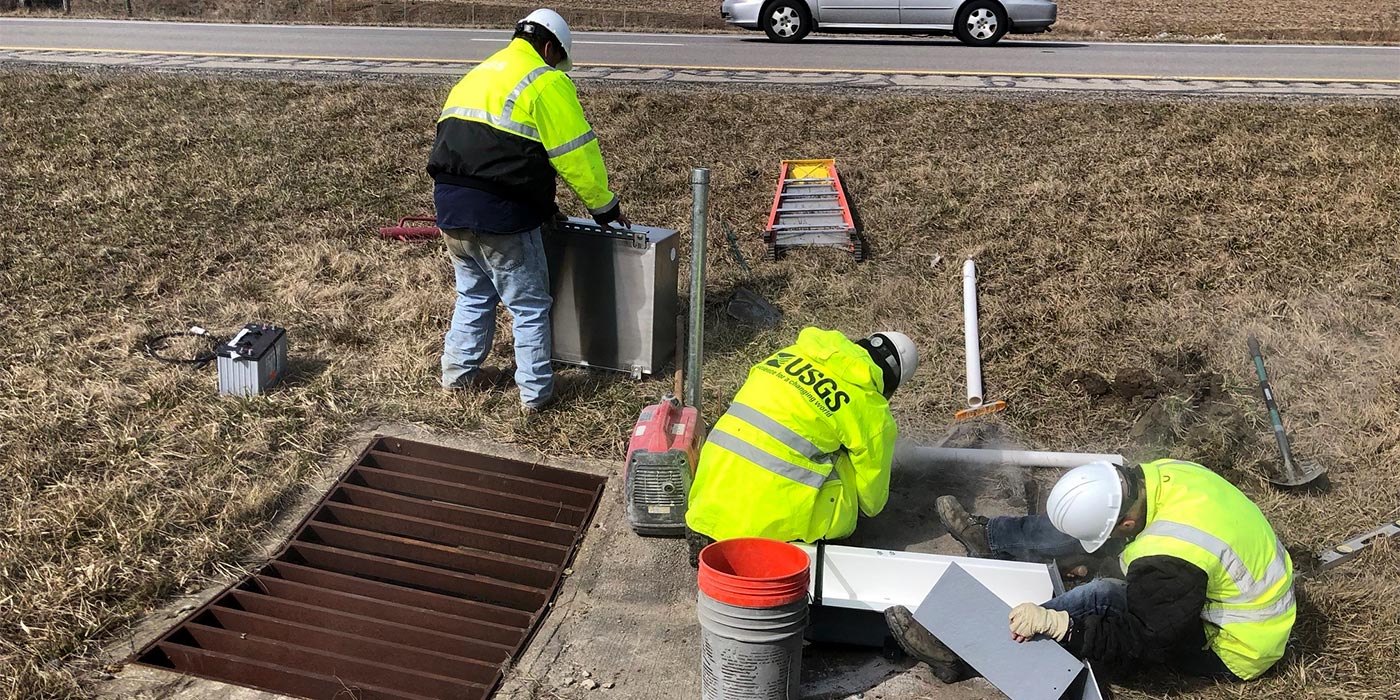ODOT Stormwater Volume Reduction Research
Challenge
ODOT needed a cost-effective, efficient, and successful, alternative to its post-construction, stormwater volume reducing best management practices.
Services Involved
- Construction Inspection
- Data Analysis and Research
- Green Infrastructure
- Highway Design
- Hydrology and Hydraulics
- Stormwater Flow Monitoring
- Survey
- Traffic Control
- Post-Construction Stormwater Management
- Standards and Specifications
Awards
2023 OUTSTANDING ACHIEVEMENT AWARD
American Council of Engineering Companies (ACEC) of Ohio
2023 HONOR ACHIEVEMENT AWARD
American Council of Engineering Companies (ACEC)
ODOT Stormwater Volume Reduction Research
The Ohio Environmental Protection Agency (OEPA) regulations require the implementation of stormwater best management practices (BMPs) into the design of many construction projects for post-construction runoff control. Traditional stormwater BMPs tend to have a large footprint, requiring additional right‐of-way area. These BMPs can also pose a safety hazard from standing water. For many construction projects, the large footprint and safety concerns of traditional stormwater BMPs can limit their feasibility.
There are many common features of roadway projects, such as grassed shoulders and medians. These grassed areas contribute to overall volume reduction through infiltration and evapotranspiration. Modifications, like soil amendments, may increase the infiltration capacity, promote evapotranspiration, and serve as a water quantity BMP.
The potential alternatives identified from this research will benefit ODOT, regulatory agencies, design engineers, contractors/developers, and the general public. The additional BPMs would provide space-efficient, cost-effective, and easy-to-implement alternatives to traditional stormwater volume BMPs.
IDENTIFYING ALTERNATIVES
To identify alternatives for stormwater volume BMPs, ODOT’s Office of Hydraulic Engineering Research, in collaboration with ms consultants, the United States Geological Survey (USGS), and Stone Environmental is undergoing a research project for post-construction stormwater management.
The goal is to determine the effectiveness of soil amendment as a stormwater runoff volume reducing BMP.
If found to be cost-effective, this potential new BMP may provide a new and improved alternative for post-construction stormwater management for transportation construction projects.
ASSESSMENT OF EXISTING AND POTENTIAL VOLUME REDUCTION
This research project focuses on developing OEPA-approved BMPs that use common features on roadway projects (i.e. grassed shoulders) that are within the right-of-way.
The intent of these BMPs is to reduce runoff by infiltration and evapotranspiration to meet water quantity requirements per the Ohio EPA Construction General Permit. This will better enable ODOT to provide additional post-construction stormwater management options to meet regulatory requirements.
The research team has identified twelve sites across the state of Ohio to perform flow monitoring. The sites are located within the grassed medians of ODOT-maintained right-of-ways. The geographic distribution of the sites allows for data representative of varying weather conditions throughout the state. Site-specific flow monitoring plans were developed and equipment was installed to capture and record the rate, volume, and frequency of stormwater runoff generated from the roadway.
The soil amendment process consists of incorporating high-infiltrating soil materials into the top layer of existing soil along the sloped grass shoulder of the roadway. As the stormwater runoff sheet flows off the roadway, the amended soil is intended to decreases stormwater runoff volume by increasing infiltration, evapotranspiration, and initial abstraction of the grassed shoulder. Several soil amendment materials and amendment depths were installed and analyzed to evaluate their performance.
After the soil amendment installations are completed, post-amendment flow monitoring was performed. The effectiveness of soil amendment as a stormwater volume reducing BMP was evaluated by comparing the pre-amendment runoff volumes with post-amendment volumes.
THE PROJECT IN NUMBERS
- $1.3 million research project
- 12 monitoring sites
- Across 5 Ohio counties
- 4 soil amendment alternatives
- 4,200 rain events recorded
- 340,000 cubic feet (2.5 million gallons) of runoff measured
- 4.5 years of monitoring and data analysis



